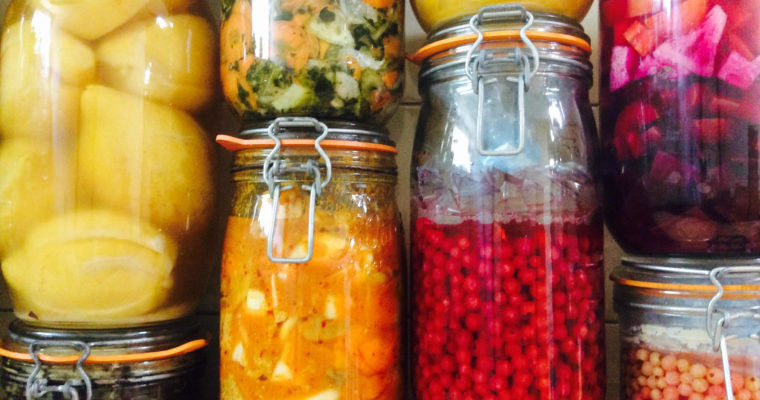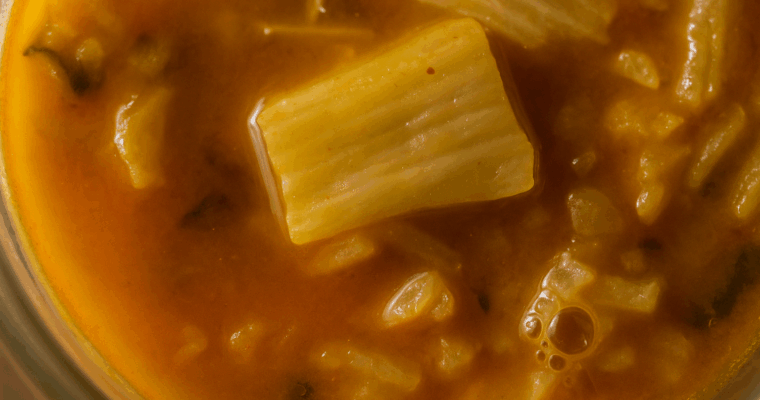🧂 How much salt for lacto-fermentation?

The Fermentierra guide to never make a mistake again
🟢 Introduction
For lacto-fermentation, between 1 % and 2 % of salt is often recommended.depending on the vegetables and the method used (dry salting or brine). But beware: this is not an exact science. At Fermentierra, we advocate an artisanal, sensory approach.
🧪 Why is salt essential?
- 🦠 Protects against unwanted micro-organisms
- 🧬 Promotes good lactic acid bacteria
- 🥬 Preserves crunchiness
- 🧂 Preserves naturally
- 👅 Influences taste
📏 Three methods for dosing salt
🔸 1. % of vegetable weight (dry salting)
500 g cabbage :
- 1 % → 5 g
- 2 % → 10 g
💬 For Fermentierra, 2 % is often too salty. We prefer between 1.2 % and 1.5 %.
🔸 2. % brine (weight of water)
This involves preparing brine on the side (water + salt) and adding it to the vegetables in the jar. This is THE method for larger pieces. Fill the jar as full as possible and cover with the brine.
500 ml water :
- 2 % → 10 g
- 2.5 % → 12.5 g
💬 We recommend testing from the base 2 %. You're free to experiment around the edges, for example making two jars with the same vegetables, but different cured meats.
🔸 3. % of total weight (water + vegetables)
Here we're working on the assumption that vegetables are by nature full of water, and that if you pack them well, they have more or less the same density as water. So, for large chunks, fill your jar as full as possible, top up with water and salt to 1%.
300 g cabbage + 200 g water = 500 g :
- 1 % → 5 g
💡 Ideal method for beginners, simple and intuitive. Again experimenting on jars with the same vegetables will give you more confidence in what you're doing.
📊 Practical table
| Method | Weight | % Recommended | Salt | Comment |
|---|---|---|---|---|
| Dry salting | 500 g cabbage | 1 – 1.5 % | 5 - 7.5 g | Preserves natural taste |
| Brine | 500 ml water | 2 – 2.5 % | 10 - 12.5 g | Good preservation |
| Total weight | 500 g (water + vegetables) | 1 % | 5 g | Easy for beginners |
🧂 Which salt to use?
- ✅ Grey sea salt, mine salt, ideally additive-free and raw salt
⚠️ What if we're wrong?
Too little: unstable fermentation, risk of mould
Too much : too salty taste, slower fermentation
🎯 At Fermentierra, 1.5 % is a good place to start.
🙋♀️ FAQ Fermentierra
👅 A snack in class? Yes !
📏 Absolute precision? Not necessary, just understand the process.
🥕 Mixed vegetables? Everything is possible with lacto-fermentation
🧠 Summary
Salt is an agent that initially gives an advantage to the good bacteria we want to multiply for successful fermentation. This is a rather free subject for experimentation, as we must remember that for thousands of years, precision scales did not exist. Salt as if you were preparing any other dish in your kitchen. You can taste-test if you can smell the salt and it's harmonious, then it's all good!
🌟 Conclusion
Trust your senses. Salt is a guide, not a constraint. Join our workshops to master your recipes!



